Related Research Articles
The Committee on Data of the International Science Council (CODATA) was established in 1966 as the Committee on Data for Science and Technology, originally part of the International Council of Scientific Unions, now part of the International Science Council (ISC).

The gravitational constant, denoted by the capital letter G, is an empirical physical constant involved in the calculation of gravitational effects in Sir Isaac Newton's law of universal gravitation and in Albert Einstein's theory of general relativity.

The Cavendish Laboratory is the Department of Physics at the University of Cambridge, and is part of the School of Physical Sciences. The laboratory was opened in 1874 on the New Museums Site as a laboratory for experimental physics and is named after the British chemist and physicist Henry Cavendish. The laboratory has had a huge influence on research in the disciplines of physics and biology.

The National Physical Laboratory (NPL) is the national measurement standards laboratory of the United Kingdom. It sets and maintains physical standards for British industry.

Alexei Alexeyevich Abrikosov was a Soviet, Russian and American theoretical physicist whose main contributions are in the field of condensed matter physics. He was the co-recipient of the 2003 Nobel Prize in Physics, with Vitaly Ginzburg and Anthony James Leggett, for theories about how matter can behave at extremely low temperatures.

Lyman Spitzer Jr. was an American theoretical physicist, astronomer and mountaineer. As a scientist, he carried out research into star formation, plasma physics, and in 1946, conceived the idea of telescopes operating in outer space. Spitzer invented the stellarator plasma device and is the namesake of NASA's Spitzer Space Telescope. As a mountaineer, he made the first ascent of Mount Thor, with Donald C. Morton.

Dafydd "David" Rhys Williams is a Canadian physician, public speaker, author and retired CSA astronaut. Williams was a mission specialist on two Space Shuttle missions. His first spaceflight, STS-90 in 1998, was a 16-day mission aboard Space Shuttle Columbia dedicated to neuroscience research. His second flight, STS-118 in August 2007, was flown by Space Shuttle Endeavour to the International Space Station. During that mission he performed three spacewalks, becoming the third Canadian to perform a spacewalk and setting a Canadian record for total number of spacewalks. These spacewalks combined for a total duration of 17 hours and 47 minutes.
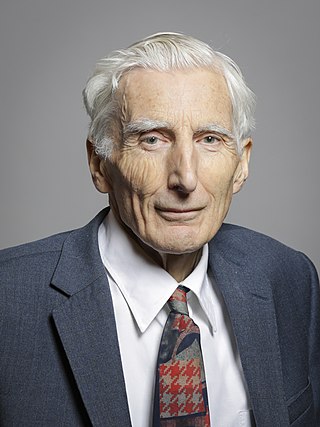
Martin John Rees, Baron Rees of Ludlow is a British cosmologist and astrophysicist. He is the fifteenth Astronomer Royal, appointed in 1995, and was Master of Trinity College, Cambridge, from 2004 to 2012 and President of the Royal Society between 2005 and 2010.

Klaus von Klitzing is a German physicist, known for discovery of the integer quantum Hall effect, for which he was awarded the 1985 Nobel Prize in Physics.
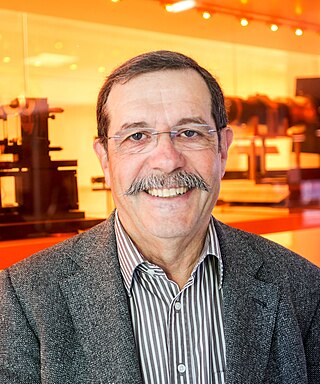
Alain Aspect is a French physicist noted for his experimental work on quantum entanglement.

Raghunath Anant Mashelkar,, also known as Ramesh Mashelkar, is an Indian Chemical Engineer, born in a village named Marcel in Goa and brought up in Maharashtra. He is a former Director General of the Council of Scientific and Industrial Research (CSIR). He was also the President of Indian National Science Academy (2004-2006), President of Institution of Chemical Engineers (2007) as also the President of Global Research Alliance (2007-2018). He was also first Chairperson of Academy of Scientific and Innovative Research (AcSIR). He is a Fellow of the Royal Society, Fellow of the Royal Academy of Engineering (FREng), Foreign associate of US National Academy of Engineering and the US National Academy of Sciences.

Ashesh Prosad Mitra FNA, FASc, FRS was a physicist who headed the National Physics Laboratory in Delhi, India and was the Director General of the Council of Scientific and Industrial Research (CSIR). He is primarily known for his work on environmental physics.
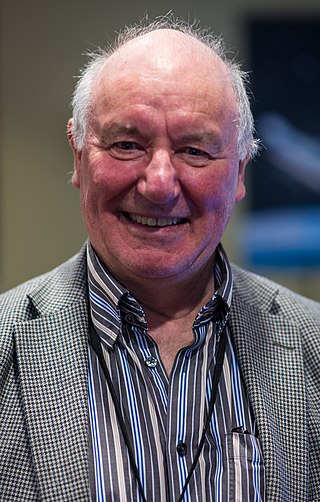
Malcolm Sim Longair is a British physicist. From 1991 to 2008 he was the Jacksonian Professor of Natural Philosophy in the Cavendish Laboratory at the University of Cambridge. Since 2016 he has been Editor-in-Chief of the Biographical Memoirs of Fellows of the Royal Society.
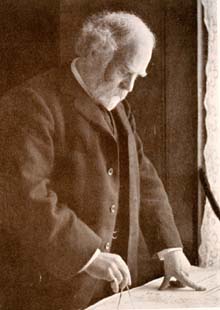
Sir John Murray was a pioneering Canadian-born Scottish oceanographer, marine biologist and limnologist. He is considered to be the father of modern oceanography.
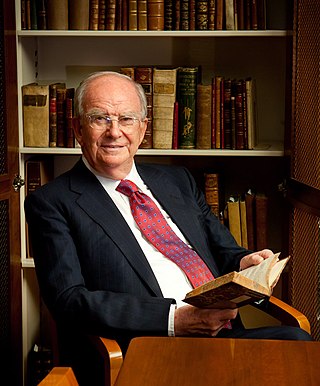
Sir John Meurig Thomas, also known as JMT, was a Welsh scientist, educator, university administrator, and historian of science primarily known for his work on heterogeneous catalysis, solid-state chemistry, and surface and materials science.
Elliot Meyerowitz is an American biologist.

Peter Brent Littlewood is a British physicist and Professor of Physics at the University of Chicago. He was the 12th Director of Argonne National Laboratory. He previously headed the Cavendish Laboratory as well as the Theory of Condensed Matter group and the Theoretical Physics Research department at Bell Laboratories. Littlewood serves as the founding chair of the board of trustees of the Faraday Institution.
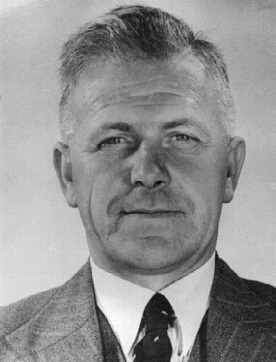
Sir Leslie Harold Martin, was an Australian physicist. He was one of the 24 Founding Fellows of the Australian Academy of Science and had a significant influence on the structure of higher education in Australia as chairman of the Australian Universities Commission from 1959 until 1966. He was Professor of Physics at the University of Melbourne from 1945 to 1959, and Dean of the Faculty of Military Studies and Professor of Physics at the University of New South Wales at the Royal Military College, Duntroon, in Canberra from 1967 to 1970. He was the Defence Scientific Adviser and chairman of the Defence Research and Development Policy Committee from 1948 to 1968, and a member of the Australian Atomic Energy Commission from 1958 to 1968. In this role he was an official observer at several British nuclear weapons tests in Australia.
Ramamoorthy Ramesh is an American materials scientist of Indian descent who has contributed to the synthesis, assembly and understanding of complex functional oxides, such as ferroelectric materials. In particular, he has worked on the development of ferroelectric perovskites, manganites with colossal magnetoresistance, and also on multiferroic oxides with potential benefits for modern information technologies.
The Royal Society University Research Fellowship (URF) is a research fellowship awarded to outstanding early career scientists in the United Kingdom who are judged by the Royal Society to have the potential to become leaders in their field. The research fellowship funds all areas of research in natural science including life sciences, physical sciences and engineering, but excluding clinical medicine.
References
- ↑ Martin, John (2008). "A career at the National Physical Laboratory". Notes and Records of the Royal Society. 62: 139–148. doi: 10.1098/rsnr.2007.0044 . S2CID 73160287.
- ↑ "- The Royal Society". royalsociety.org. Archived from the original on 14 November 2010.
- ↑ "CODATA, the Committee on Data for Science and Technology". Archived from the original on 27 August 2011. Retrieved 25 October 2011.